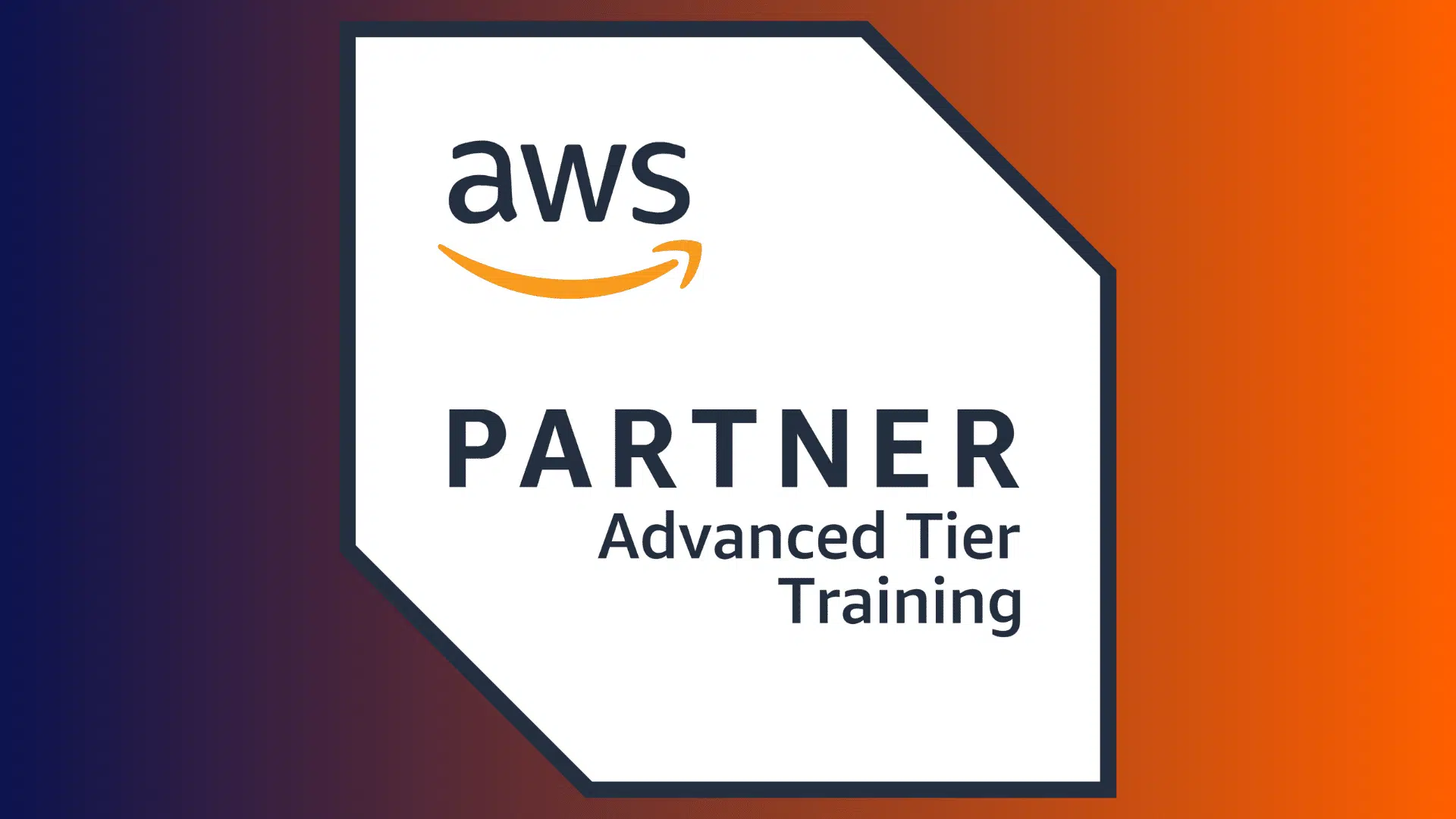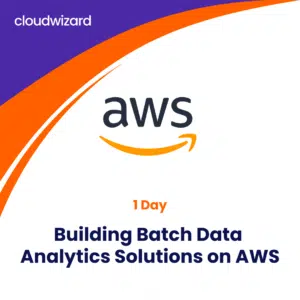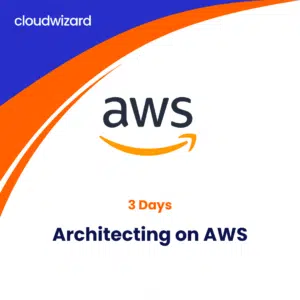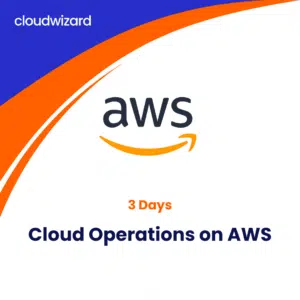Migrating to AWS
- Presentations
- Hands-on labs
- Assessments
- Demonstrations
- Group exercises
- IT project managers
- Software developers
- Software engineers
- Operation leads
- Individuals planning to learn more about migrating projects
- Knowledge of enterprise IT infrastructure (hardware and software)
- Completed the AWS Technical Essentials or Architecting on AWS classroom training
- Achieved their AWS Certified Solutions Architect – Associate certification (optional)
Module 0: Introduction to Migrating to AWS
- Course introduction
Module 1: What is a Cloud Migration?
- Summarize the drivers and desired outcomes of a cloud migration
- Identify the elements of a successful migration journey
- Describe the three-phase AWS migration process
Module 2: Assessing Migration Readiness
- Summarize the activities and goals of the assess phase
- Evaluate tools for assessing your organization’s cloud readiness
- Describe Migration Readiness Assessments (MRAs) and their importance
- Group Exercise: Assess cloud migration readiness with AWS Cloud Adoption Readiness Tool (CART)
Module 3: Preparing for a Migration and Understanding Related Workstreams
- Summarize the mobilize phase of the process
- Discuss the eight unique migration-related workstreams
Module 4: Discovering Landing Zones and their Benefits
- Explain the function of a landing zone
- Discuss best practices for creating a custom landing zone
- Describe how you would use AWS Control Tower to create a landing zone
Module 5: Building a Landing Zone
- Summarize the process of building a landing zone
- Determine the best multi-account structure, governance policies, and connectivity plan for a landing zone
- Demonstration: AWS Control Tower
- Hands-On Lab: Connecting Your On-Premises Network and Directory Services to AWS
Module 6: Discovering the Portfolio And Understanding Migration Strategies
- Explain the activities of the detailed portfolio discovery workstream
- Describe how to assess an application’s migration readiness
- Summarize the seven migration strategies
- Group Exercise: Choose the best strategy (scenario-based)
Module 7: Understanding and Choosing Portfolio Discovery Tools
- Summarize the various discovery tools available
- Distinguish which tools are best to use based on scenario
- Hands-On Lab: Gathering Application Data Necessary for Migration
Module 8: Planning and Designing a Migration
- Describe the planning and design process
- Summarize how to set up a migration factory
- Choose and finalize an application migration strategy
Module 9: Performing the Migration to AWS
- Explain the server migration process
- Discuss the various migration automation and governance tools available
- Evaluate server migration tools for compatibility with your environment
- Hands-On Lab: Migrating an Application to AWS
Module 10: Understanding Database and Data Migration Services
- Summarize the significance of database and data migration
- Discuss the various data migration tools available
- Hands-On Lab: Migrating an Existing Database to Amazon Aurora
Module 11: Understanding Additional Migration Support Options
- Discuss additional migration support options
- Summarize AWS Managed Services and AWS Marketplace
- Describe SAP on AWS and services offered for Windows
Module 12: Integrating, Validating, and Cutting over Applications
- Discuss the process and benefits of integrating, validating, and cutting over applications
Module 13: Modernizing and Optimizing an Application Migration
- Identify post-migration opportunities for modernization and optimization
- Understand cost and security optimization processes
- Explore tools available to support these processes
- Hands-On Lab: Optimizing an Application with Amazon S3 and Amazon ECS
Module 14: Understanding Operations Tools, Integration Testing, and Automation
- Summarize operations in the cloud
- Discuss four functions of operations and their domains
- Review operations automation and relevant support tools
Module 15: Migration Best Practices
- Course review and key takeaways
- Summarize and reinforce AWS best practices for migrating
- Hands-On Lab: Automating Application Deployments
Why choose Cloud Wizard
- Advanced Tier Training Partner
- Amazon Authorised Instructors
- Official AWS Content
- Hands-on Labs
Class Deliverables
- E-Content kit by AWS
- Hands-on labs
- Class completion certificates
- Exam Prep sessions
Dates Available
Choose a date that works for you and click on Book Now to proceed with your registration.
Don't see a date that works for you?
Fill in the form below to let us know.
Frequently asked questions
1. How do I Enroll For This Course?
2. I have doubts reagrding this course. Whom can I reach out?
3. What are the different forms of the payment that you accet.
4. What are the minimum & the maximum number of candidates that we accept in class?
5. What are the training deliverables?
- Training Delivered by an Amazon Authorized Instructor.
- AWS Content E-Kit
- Hands-on-labs for 30 days
- Class attendance certificate
6. When would I get the access of course content & labs?
7. How do I obtain the course completion certificate?
8. Can the training be delived in flexi mode
Related courses
Related products
-
AWS Training
Building Batch Data Analytics Solutions on AWS
You will develop batch data analytics solutions in this course utilizing Amazon EMR; an enterprise-grade managed service for Apache Spark and Apache Hadoop. You will see how Amazon EMR works with AWS services like AWS Glue and AWS Lake Formation, as well as with open-source initiatives like Apache Hive
-
AWS Training
Running Containers on Amazon Elastic Kubernetes Service
This three day course is focused on learning container management and orchestration for Kubernetes using Amazon EKS. You will learn how to build Amazon EKS cluster, configure the environment, deploy and add applications to the cluster.
-
AWS Training
Architecting on AWS
The course, through a series of real life scenarios and hands-on learning, teaches to identify services and features required to build secure and highly available IT solutions in the AWS Cloud. You will learn to identify basic practices of AWS Architecture, learn the process of designing optimal IT solutions using the AWS Well-Architected framework.
-
AWS Training
Cloud Operations on AWS
The course teaches System Administrators, Software Engineers and anyone else who manages every-day operations in the AWS Cloud, how to – Install, configure, automate, secure, maintain and debug services, networks and systems that are necessary to support the business applications.






